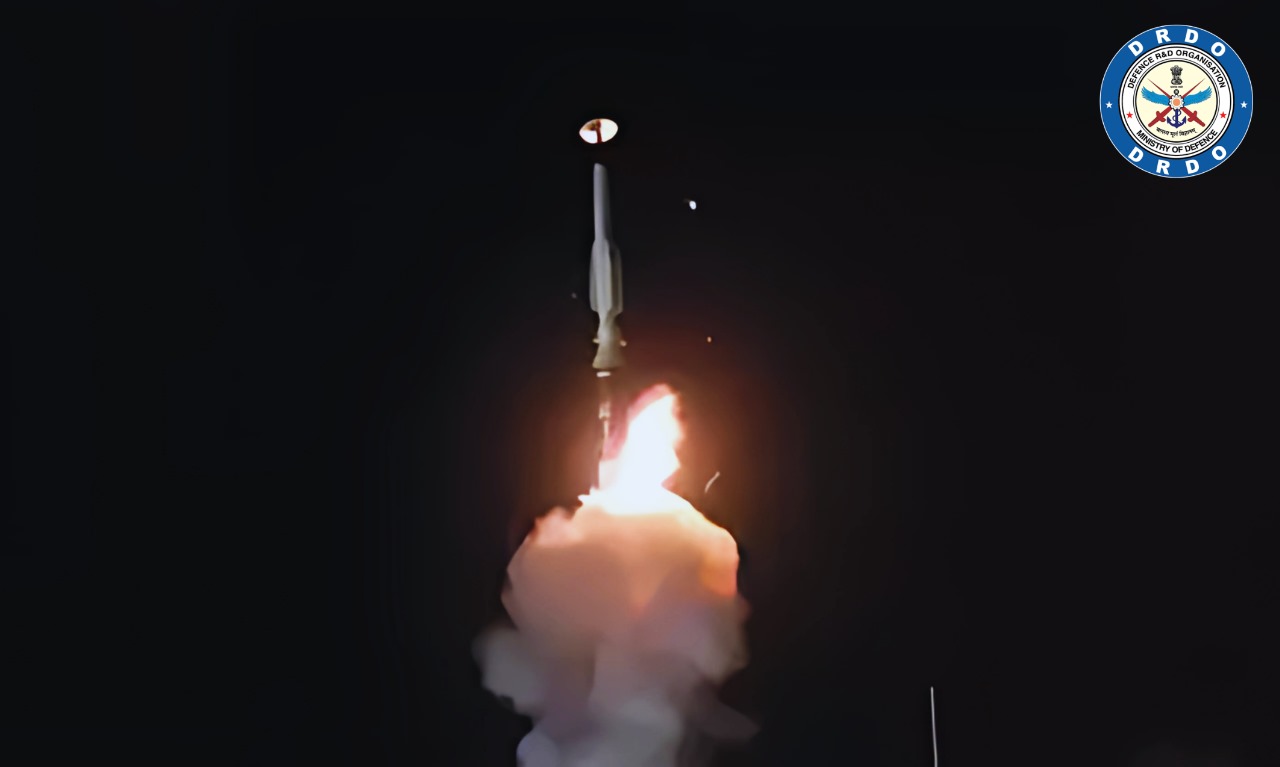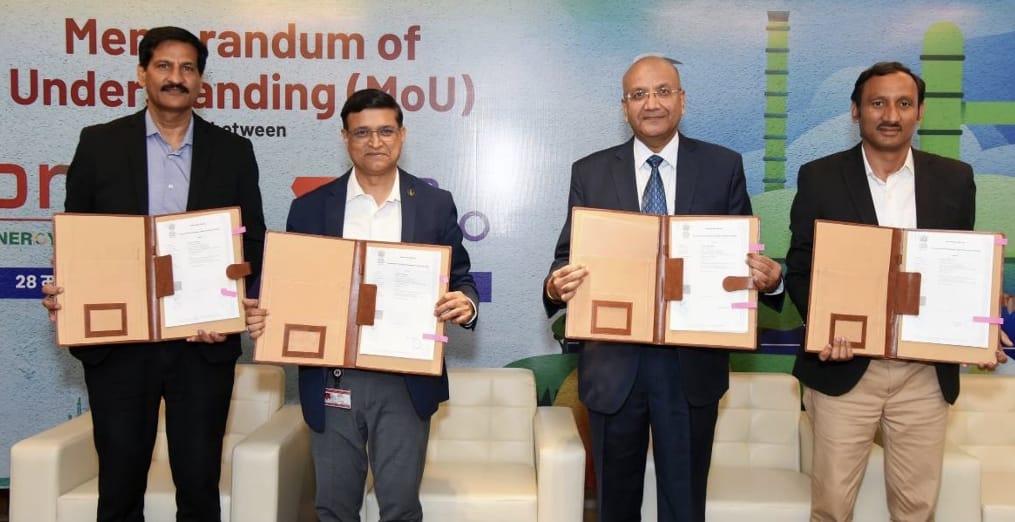India Soars: DRDO’s Successful Hypersonic Missile Test Marks a Historic Leap in Defense Technology

India has made a landmark achievement in military technology by successfully testing its first long-range hypersonic missile, developed by the Defence Research and Development Organisation (DRDO).
Conducted from the Dr. A.P.J. Abdul Kalam Island off Odisha’s coast on November 16, this test marks India’s entry into an elite club of nations possessing hypersonic missile capabilities.
This technological breakthrough highlights India’s growing defense capabilities and positions it as a formidable player in the evolving landscape of modern warfare. Hypersonic missiles, known for their unprecedented speed, agility, and precision, represent the future of strategic defense systems.
Unlike traditional ballistic missiles, they can follow unpredictable trajectories, making them challenging to detect and intercept.
Features and Capabilities of India’s Hypersonic Missile
The Indian missile, which can carry various payloads over 1,500 kilometers, boasts a remarkable speed of over nine times the speed of sound. This capability allows it to evade enemy missile defense systems and execute precision strikes.
Designed for mid-flight maneuverability, the missile incorporates indigenous technology, showcasing India’s innovation in overcoming the challenges of hypersonic flight.
A DRDO statement confirmed the missile’s success, highlighting its precise terminal maneuvers and impact accuracy. “The missile was tracked by various range systems deployed in multiple domains. The flight data obtained from down-range ship stations confirmed the successful terminal maneuvers and impact with a high degree of accuracy,” DRDO announced on November 17.
Defense Minister Rajnath Singh congratulated the DRDO team, calling the achievement a “historic milestone” that positions India among a select group of nations with advanced hypersonic missile technology.
Hypersonic Missile Technology: A Global Perspective
Only a few countries have operational hypersonic missile systems, including Russia and China. Russia’s Avangard, operational since 2019, can exceed Mach 20, while its Tsirkon hypersonic cruise missile reaches speeds of Mach 8-9. China’s DF-ZF hypersonic glide vehicle, integrated with the DF-17 missile, has been operational since 2020, with its Starry Sky-2 prototype reaching Mach 6.
Even the United States, despite being a defense technology leader, is still developing its hypersonic capabilities. India’s success underscores its ability to compete with global defense superpowers, demonstrating the effectiveness of indigenous research and development efforts.
Strategic Importance for India
Hypersonic missiles are seen as the next frontier in missile technology due to their ability to strike targets with exceptional speed and unpredictability. For India, this capability enhances its deterrence against regional adversaries like China and Pakistan.
In 2020, India took an important step by testing the Hypersonic Technology Demonstration Vehicle (HSTDV), which achieved a speed of Mach 6 for 23 seconds. The success of the HSTDV laid the groundwork for the development of India’s current hypersonic missile.
Dr. G. Satheesh Reddy, former DRDO chief, described the hypersonic missile as a “game changer” for India’s defense forces. “Flying hypersonic speeds at such long range is a game changer. It has multiple applications for all three wings of the armed forces and has significantly enhanced our capabilities,” he stated.
A naval version of the missile is expected to bolster India’s maritime defense, allowing precise strikes on enemy warships from long distances.
Pakistan’s Response to India’s Achievement
India’s successful test has inevitably prompted speculation about Pakistan’s response. Historically, Pakistan has sought to maintain strategic parity with India, often acquiring military technology through partnerships or external sources.
Analysts suggest Pakistan may look to China or North Korea for hypersonic missile technology to remain relevant militarily.
Experts argue that while such acquisitions could serve domestic propaganda purposes, they may not necessarily align with Pakistan’s broader strategic goals. The introduction of hypersonic missiles by India shifts the regional defense balance, raising questions about how neighboring countries will adapt to this new capability.
Looking Ahead
India’s successful hypersonic missile test signifies a major step forward in its defense capabilities and technological self-reliance. This achievement underscores the nation’s growing prowess in advanced military technology and strengthens its position on the global stage.
As hypersonic missile technology continues to evolve, India’s defense strategy will likely focus on further innovations, including long-range flight trials and integration into all branches of its armed forces.
The successful development of this cutting-edge weapon system reaffirms India’s commitment to advancing its defense infrastructure to meet emerging global challenges.







